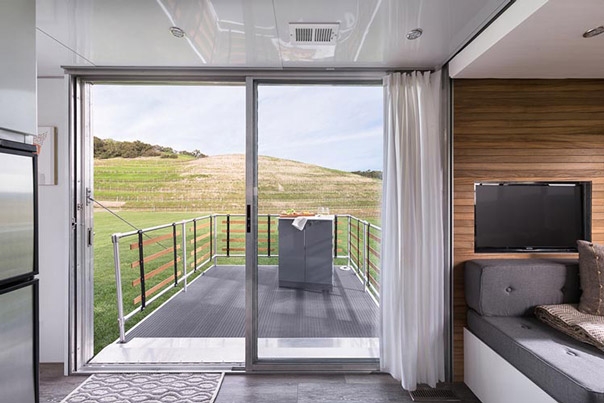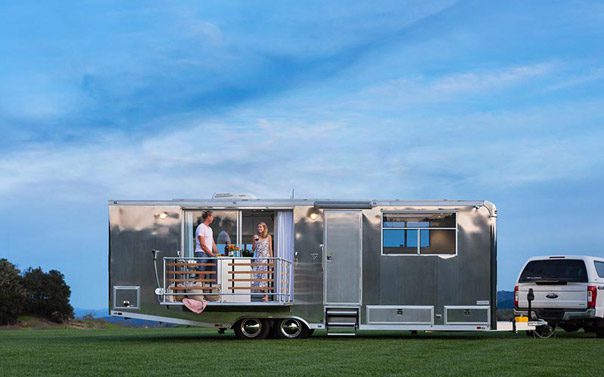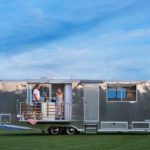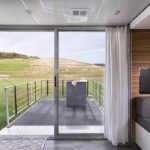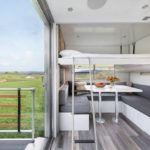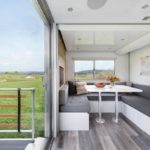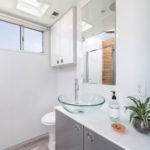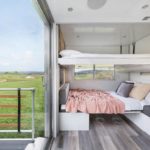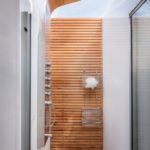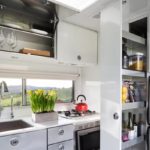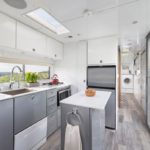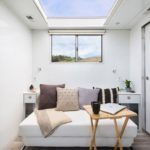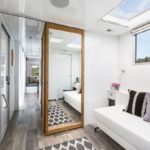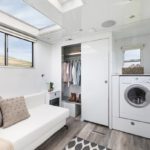On The Road Again: Living Vehicles
Author:Abigail StoneFor over a decade, Architect Matthew Hofmann and his wife Joanna have lived in various small spaces, both mobile and stationary, from boats, vans and buses to a year in an Airstream Trailer, for over a decade. As the 34 year old explains, “it’s a lifestyle of those who call mobile spaces Home Sweet Home. We’re living in vans, trailers and boats not because we have to, but because we prefer it.”
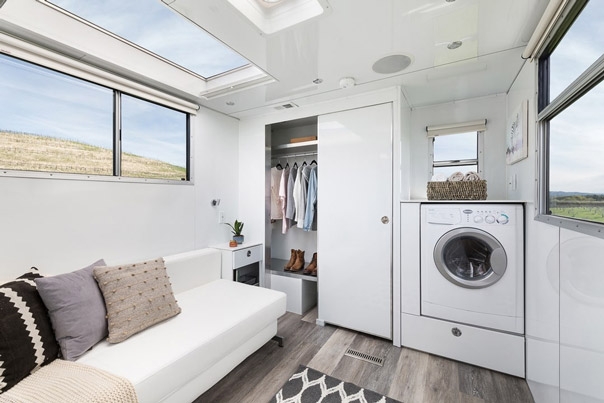
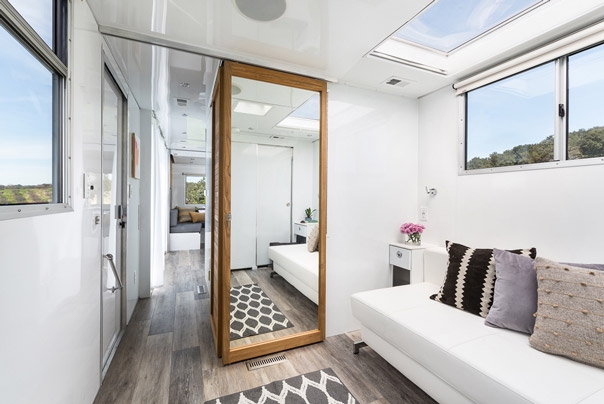
Hofman calls it “a re-defined American Dream — a dream of living well wherever our hearts take us. We travel full-time and live in the same home we’ve designed and built for others like us. [It] doesn’t include a big house with a white picket fence. For us, and millions like us, it’s simply about living a lifestyle of freedom and choice — a life that doesn’t require a high paying job or unnecessary “stuff” we hardly use.”
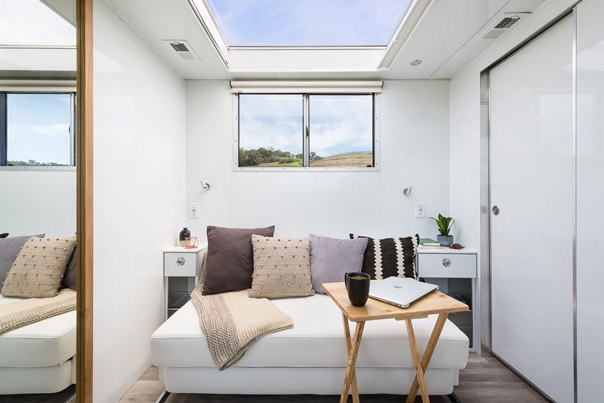
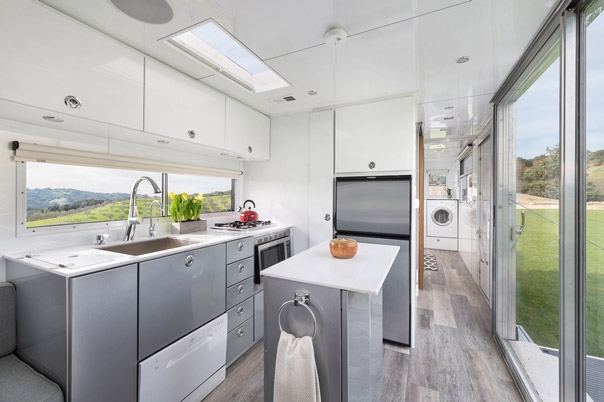
After experiencing a mobile lifestyle first hand, eight years ago Hofmann decided to create a family business. His company, www.LivingVehicle.com, designs and builds mobile homes from the ground up in Nappanee, Indiana. They transform the concept of a mobile home from temporary vacation spot into a comfortable space that can support a family for an extended period of time.
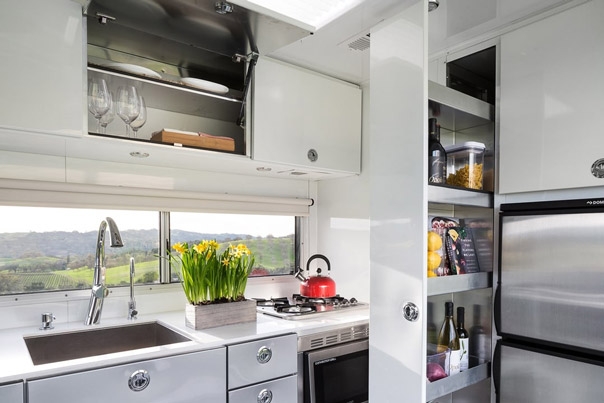
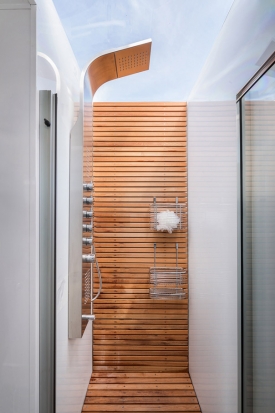
The Living Vehicles offer comfortable sleeping for six, multi-use appliances and a kitchen space. An extended outdoor deck, an internal vacuum system and a designated outdoor shower ensures that even pets can share the trailers. For adventurers, Hofmann’s has designed plenty of oversized storage that can fit kayaks, surfboards, skis, or bikes. An easily convertible office space and an omni-directional WiFi antenna for remote internet access gives mobile workers an office to work out of.
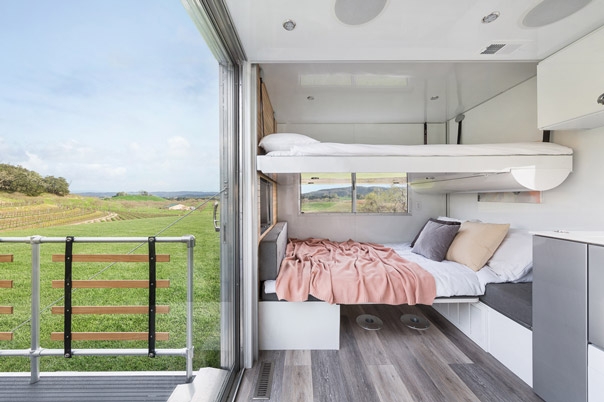
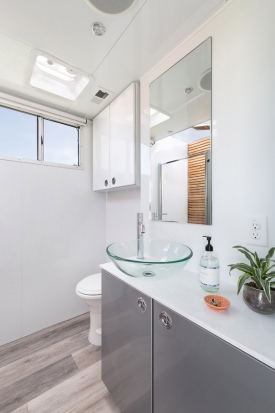
But what takes Living Vehicles to another level are its solar and water facilities that ensure it can be used as a year round, permanent home. These include: 4 – 150 watt solar panels totaling 600 watts installed on the roof of the unit that charge two robust lithium ion batteries stored in the electronics bay and which connect to a 2800 watt power inverter that supports nearly all of the unit’s 110 volt appliances and outlets, an unprecedented 100-gallon freshwater tank, a 62-gallon grey water tank, and a 45-gallon black water tank that extend off-grid water usage well beyond that of a traditional recreational vehicle; and two propane tanks that power the unit’s appliances, including the refrigerator, dishwasher, furnace and outdoor BBQ if its too cloudy for solar.
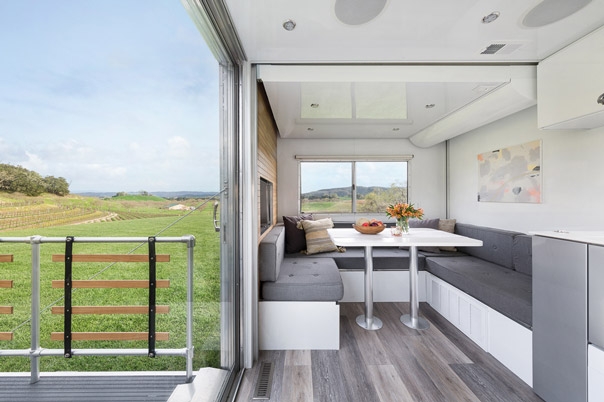
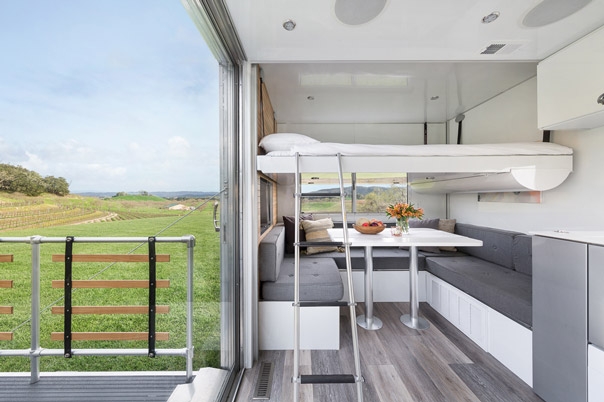
“Our mission is to create mobile living spaces that are able to sustain life on a continuous basis without depending on external resources,” says Hofmann. Looks like he’s succeeded.
See here for more about Living Vehicles and their features
